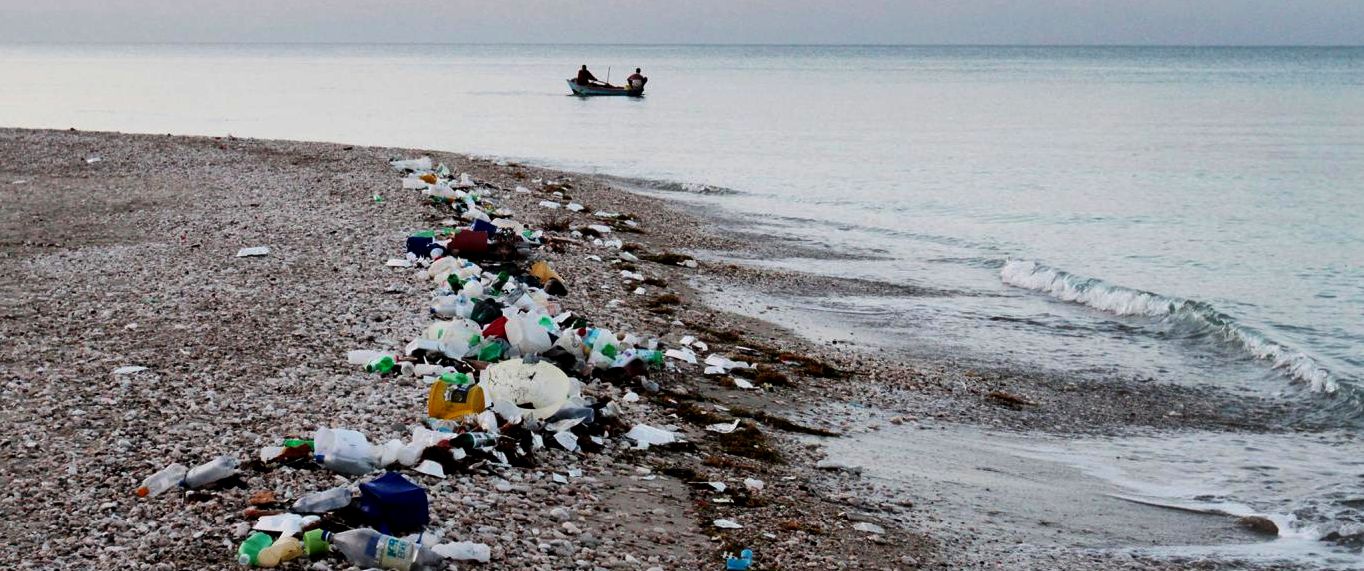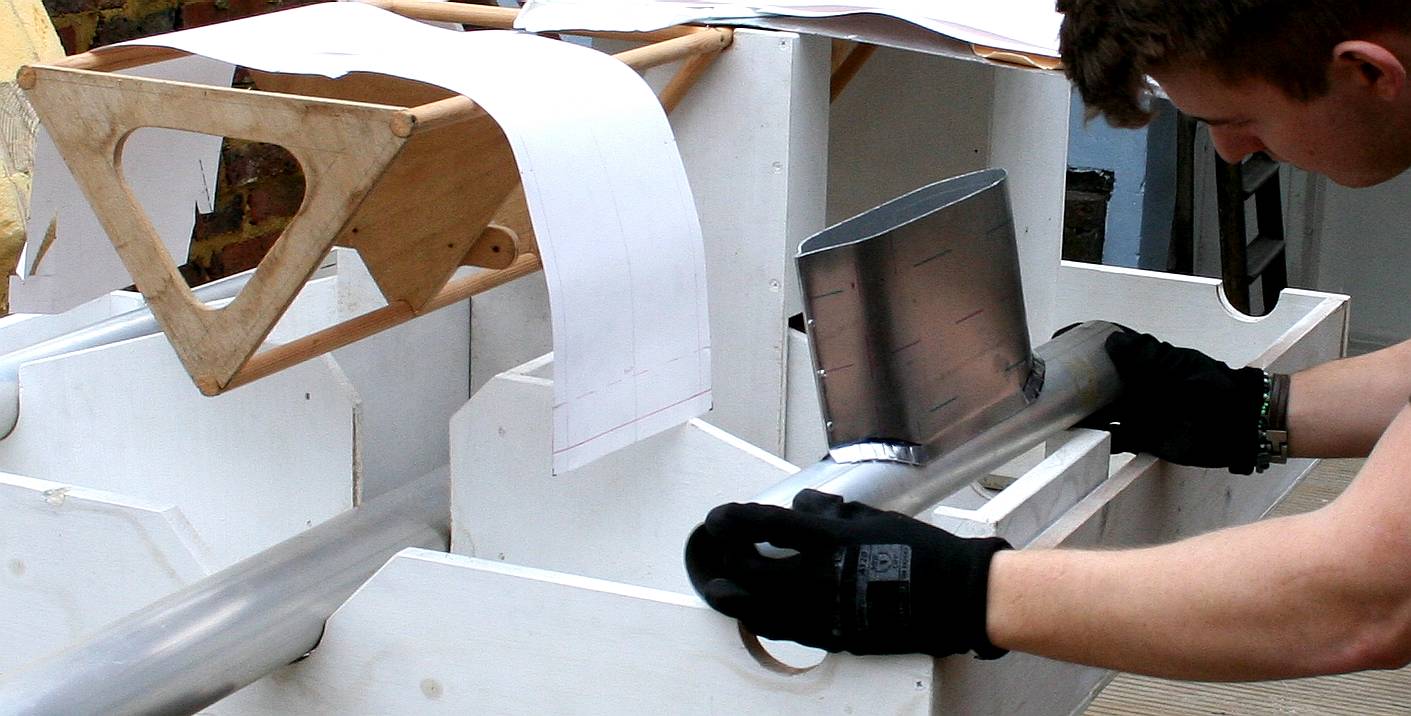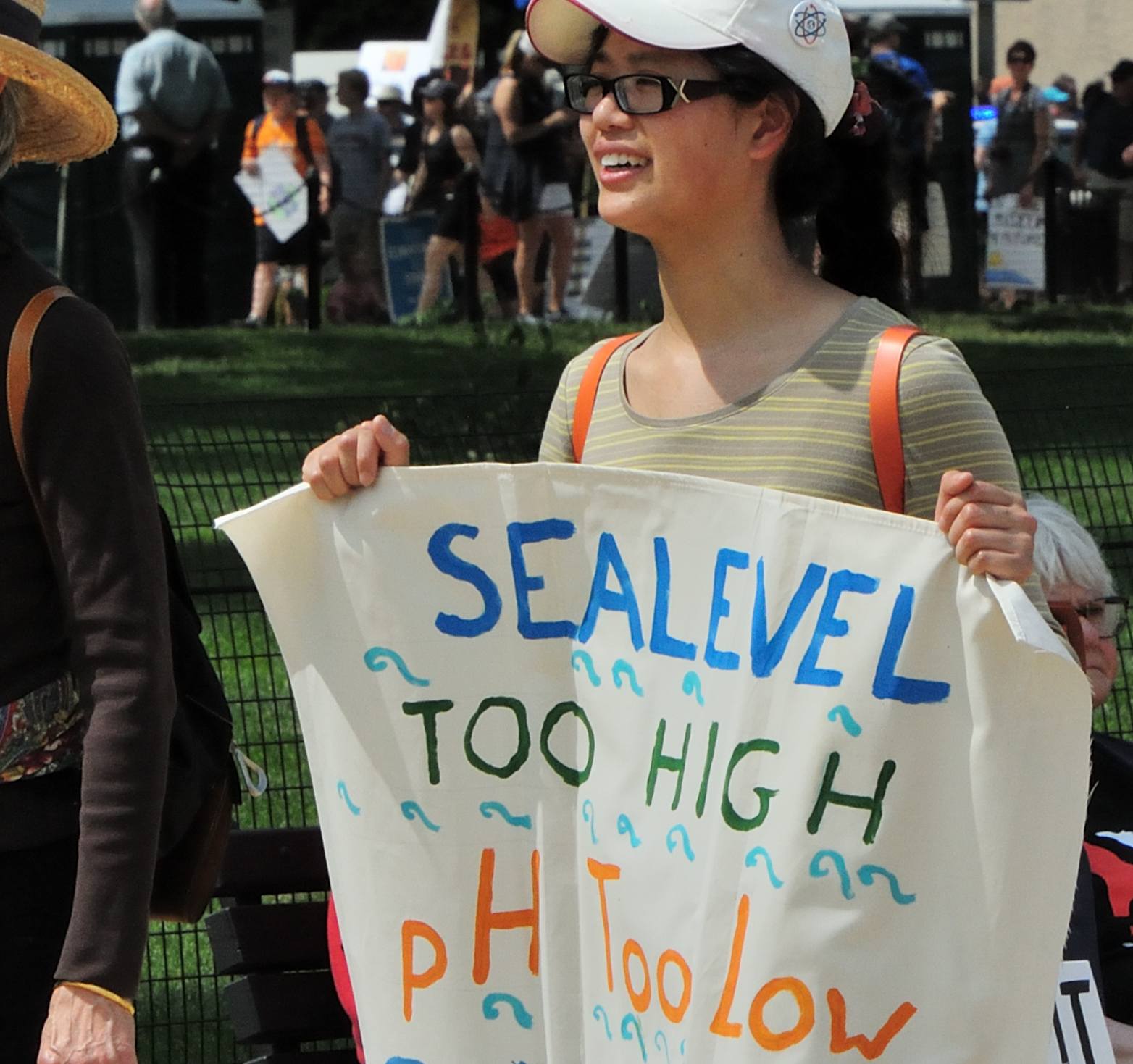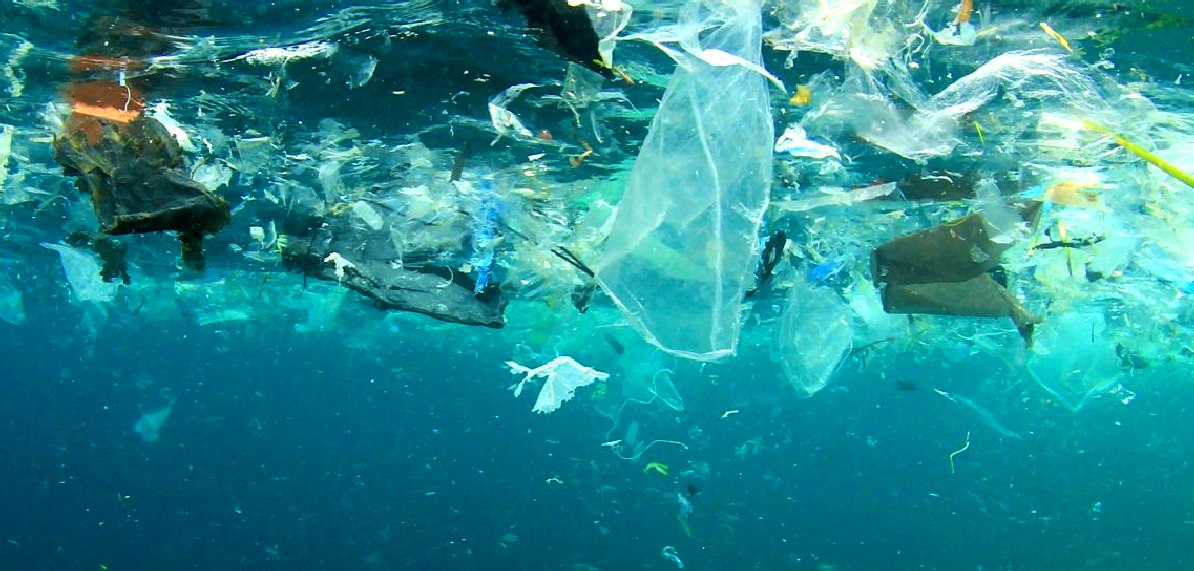|
ACIDIC OCEANS
ABOUT - CONTACTS - DONATE - FOUNDATION - HOME - A-Z INDEX
CARBON DIOXIDE - Dissolving CO2 in seawater increases the hydrogen ion (H+) concentration in the ocean, and thus decreases ocean pH.
Ocean acidification is the ongoing decrease in the pH of the Earth's oceans, caused by the uptake of carbon dioxide from the atmosphere. Seawater is slightly basic, and ocean acidification involves a shift towards pH-neutral conditions rather than a transition to acidic conditions. An estimated 30–40% of the carbon dioxide from human activity released into the atmosphere dissolves into oceans, rivers and lakes. To achieve chemical equilibrium, some of it reacts with the water to form carbonic acid. Some of the resulting carbonic acid molecules dissociate into a bicarbonate ion and a hydrogen ion, thus increasing ocean acidity. Between 1751 and 1996, surface ocean pH is estimated to have decreased from approximately 8.25 to 8.14, representing an increase of almost 30% in H⁺ ion concentration in the world's oceans. Earth System Models project that, within the last decade, ocean acidity exceeded historical analogues and, in combination with other ocean biogeochemical changes, could undermine the functioning of marine ecosystems and disrupt the provision of many goods and services associated with the ocean beginning as early as 2100.
HOPES FOR CARBON REDUCTION
Zero carbon transport could be a reality provided that there is sufficient political will - and if that fails - people power, to drive forward a sustainable future. This would include more wind and solar farms, solar assisted electric cars and solar powered boat and ships.
At the Cleaner Ocean Foundation we are doing our bit by promoting zero carbon shipping for a cleaner future. Both the SeaVax and Elizabeth Swan are solar powered vessels that could help boat and shipbuilders to become aware of technology that can be applied to future fleets. If that were to become a reality, carbon dioxide production from transport might become a thing of the past.
We should also be looking at low carbon housing and eating patterns that focus on healthier foods that can be efficiently produced such as that enjoyed by vegetarians, pescetarians and vegans. This could help reduce our food footprint, that is part of our carbon footprint.
MASS EXTINCTION
The
current acidification rate
is on a path to reach levels higher than any seen in the last 65 million years, and the rate of increase is about ten times the rate that preceded the Paleocene–Eocene mass extinction. The current and projected acidification has been described as an almost unprecedented geological event. A National Research Council study released in April 2010 likewise concluded that "the level of acid in the oceans is increasing at an unprecedented rate". A 2012 paper in the journal Science examined the geological record in an attempt to find a historical analog for current global conditions as well as those of the future. The researchers determined that the current rate of ocean acidification is faster than at any time in the past 300 million years.
In the 15-year period 1995–2010 alone, acidity has increased 6 percent in the upper 100 meters of the Pacific Ocean from Hawaii to Alaska. According to a statement in July 2012 by Jane Lubchenco, head of the U.S. National Oceanic and Atmospheric Administration "surface waters are changing much more rapidly than initial calculations have suggested. It's yet another reason to be very seriously concerned about the amount of carbon dioxide that is in the atmosphere now and the additional amount we continue to put out."
A 2013 study claimed acidity was increasing at a rate 10 times faster than in any of the evolutionary crises in Earth's history. In a synthesis report published in Science in 2015, 22 leading marine scientists stated that CO2 from burning fossil fuels is changing the oceans' chemistry more rapidly than at any time since the Great Dying, Earth's most severe known extinction event, emphasizing that the 2 °C maximum temperature increase agreed upon by governments reflects too small a cut in emissions to prevent "dramatic impacts" on the world's oceans, with lead author Jean-Pierre Gattuso remarking that "The ocean has been minimally considered at previous climate negotiations. Our study provides compelling arguments for a radical change at the UN conference (in Paris) on climate change".
The rate at which ocean acidification will occur may be influenced by the rate of surface ocean warming, because the chemical equilibria that govern seawater pH are temperature-dependent. Greater seawater warming could lead to a smaller change in pH for a given increase in CO2.
PROTEST - The People's Climate March (also called People's Climate Movement) was a protest which took place on Washington, D.C.'s National Mall, and among 300 locations throughout the United States, and locations outside the U.S., on April 29, 2017.
Organizers announced the demonstration in January 2017 to protest the environmental policies of U.S. President
Donald Trump and his administration. The protests were held at the end of his first 100 days as president, during stormy weather across the U.S. There were an estimated 200,000 participating in the D.C. march.
OCEAN ACTIVISM
A large number of groups and individuals are active in preventing or educating about marine debris. For example, 5 Gyres is an organization aimed at reducing plastics pollution in the oceans, and was one of two organizations that recently researched the Great
Pacific Garbage
Patch. Heal the Bay is another organization, focusing on protecting California's Santa Monica Bay, by sponsoring beach cleanup programs along with other activities. Marina DeBris is an artist focusing most of her recent work on educating people about beach trash. Interactive sites like Adrift demonstrate where marine plastic is carried, over time, on the worlds ocean currents. On April 11, 2013 in order to create awareness, artist Maria Cristina Finucci founded The Garbage patch state at
UNESCO –
Paris in front of Director General Irina Bokova . First of a series of events under the patronage of UNESCO and of Italian Ministry of the Environment.
LINKS & REFERENCE
http://www
ABS - BIOMAGNIFICATION - BP DEEPWATER - CANCER - CARRIER BAGS - CLOTHING - COTTON BUDS - DDT - FISHING NETS FUKUSHIMA - HEAVY METALS - MARINE LITTER - MICROBEADS - MICRO PLASTICS - NYLON - OCEAN GYRES - OCEAN WASTE PACKAGING - PCBS - PET - PLASTIC - PLASTICS - POLYCARBONATE - POLYSTYRENE - POLYPROPYLENE - POLYTHENE - POPS PVC - SHOES - SINGLE USE - SOUP - STRAWS - WATER
This website is provided on a free basis as a public information service. copyright © Cleaner Oceans Foundation Ltd (COFL) (Company No: 4674774) December 2018. Solar Studios, BN271RF, United Kingdom. COFL is a charity without share capital.
|



